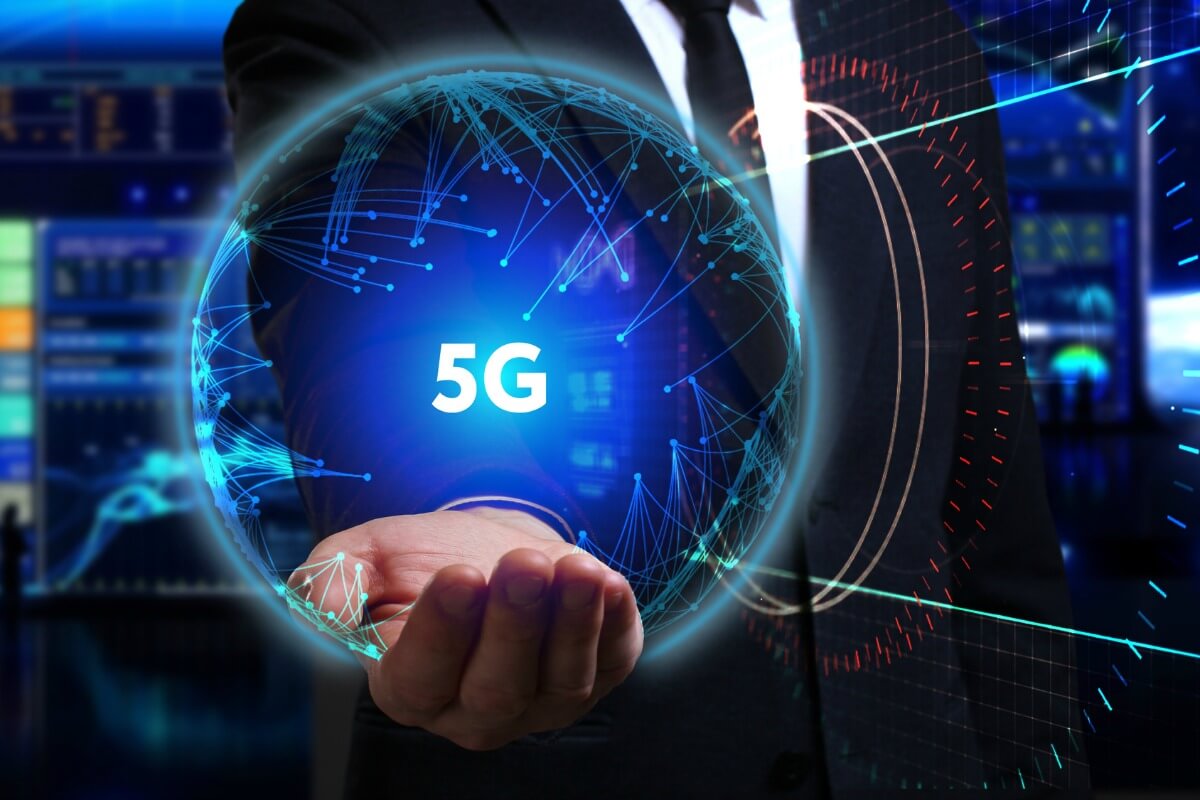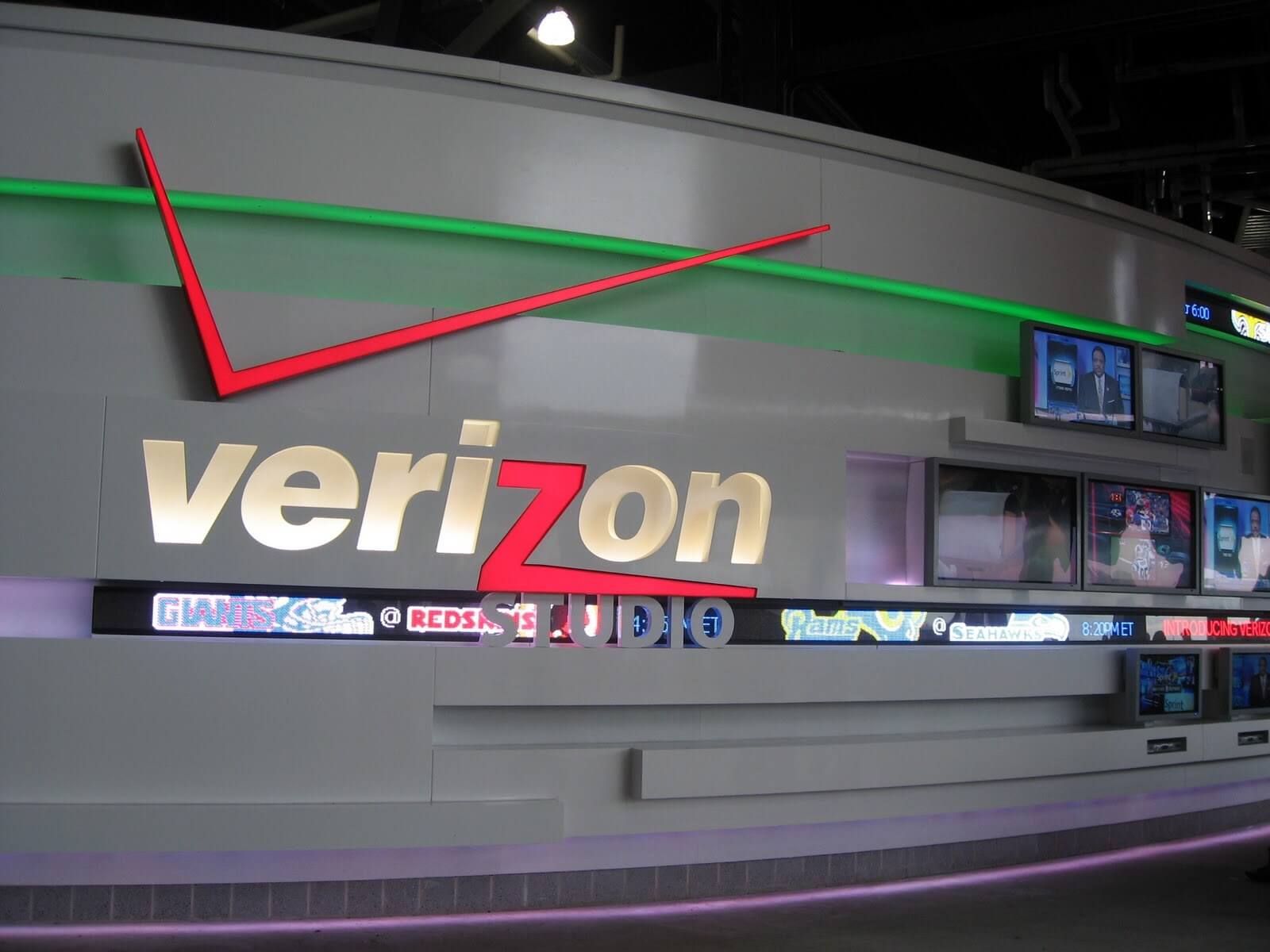Forward-looking: Next generation cellular networks are already being deployed now. Ericsson and other OEMs are installing 5G-compatible hardware for service providers that will only require a software update to flip on the switch.
As the race to build out 5G networks continue, Verizon has partnered with Swedish networking company Ericsson to deploy radios that are ready for 5G. For now, the hardware will broadcast LTE-Advanced signals, but be transitioned over to 5G when the time comes via a software update.
While widespread coverage is not expected until 2020 and beyond, 5G networks are now quietly being installed. Once software updates are implemented to offer 5G communication, support for a far greater number of connected devices should be possible.

Ericsson is supporting both CAT-M and narrowband IoT standards that offer low power consumption at reduced bandwidths for Internet of Things devices. Even though CAT-M tops out at 1 Mbps and NB-IoT is limited to just 200 kbps, having dedicated methods of communication for the billions of IoT devices in existence will help keep higher speed pathways open.
Until 5G arrives, LTE-Advanced will continue to serve as the fastest commercially available option. Under real world conditions, the LTE variant has reached up to 953 Mbps using four-carrier aggregation, 4x4 MIMO, and 256 QAM. Last year, Verizon and Ericsson showed off a 1.07 Gbps speed using only three 20 MHz carrier signals, showing that there is still plenty of room for improvements to real world applications.
Verizon's first network upgrades with Ericsson's hardware are going to Irvine, California. Similar to 4G, densely populated areas with large customer bases are expected to receive 5G before more rural regions. Fortunately for those living in areas that do not receive as timely of maintenance and upgrades, Ericsson states that radios installed as far back as 2015 should be able to support 5G networking.
